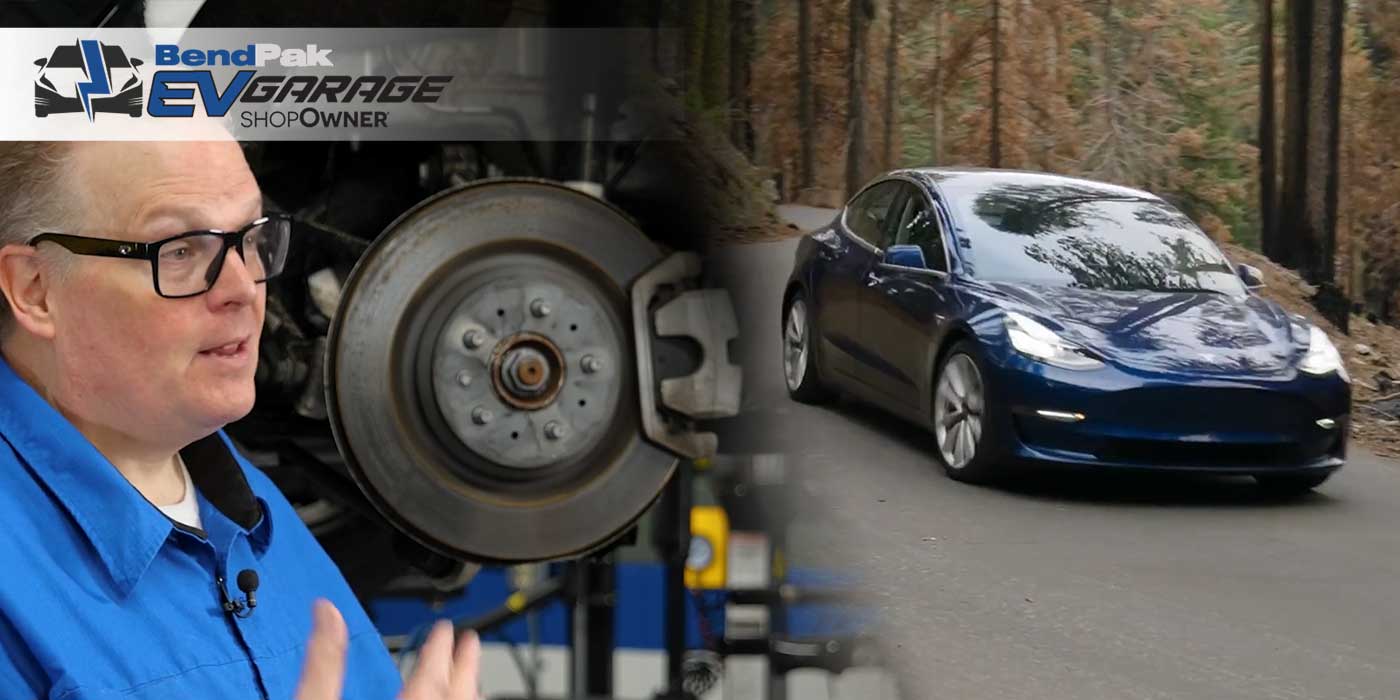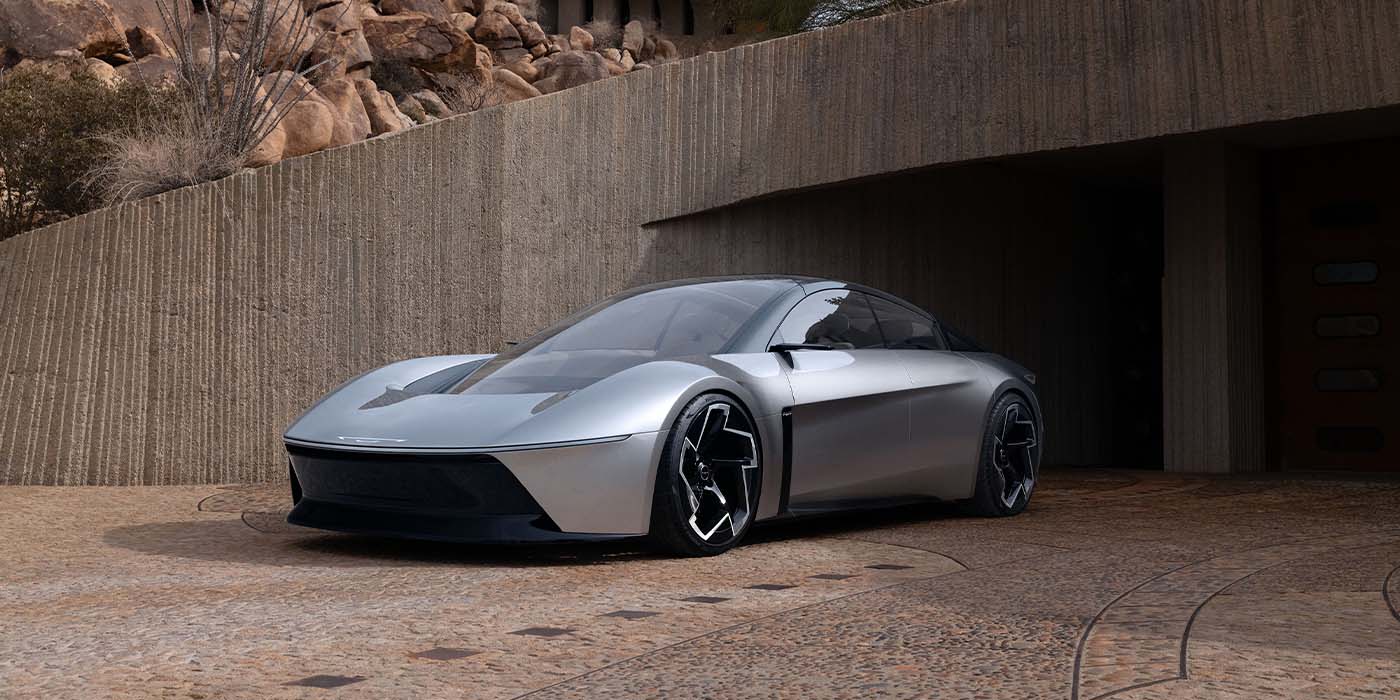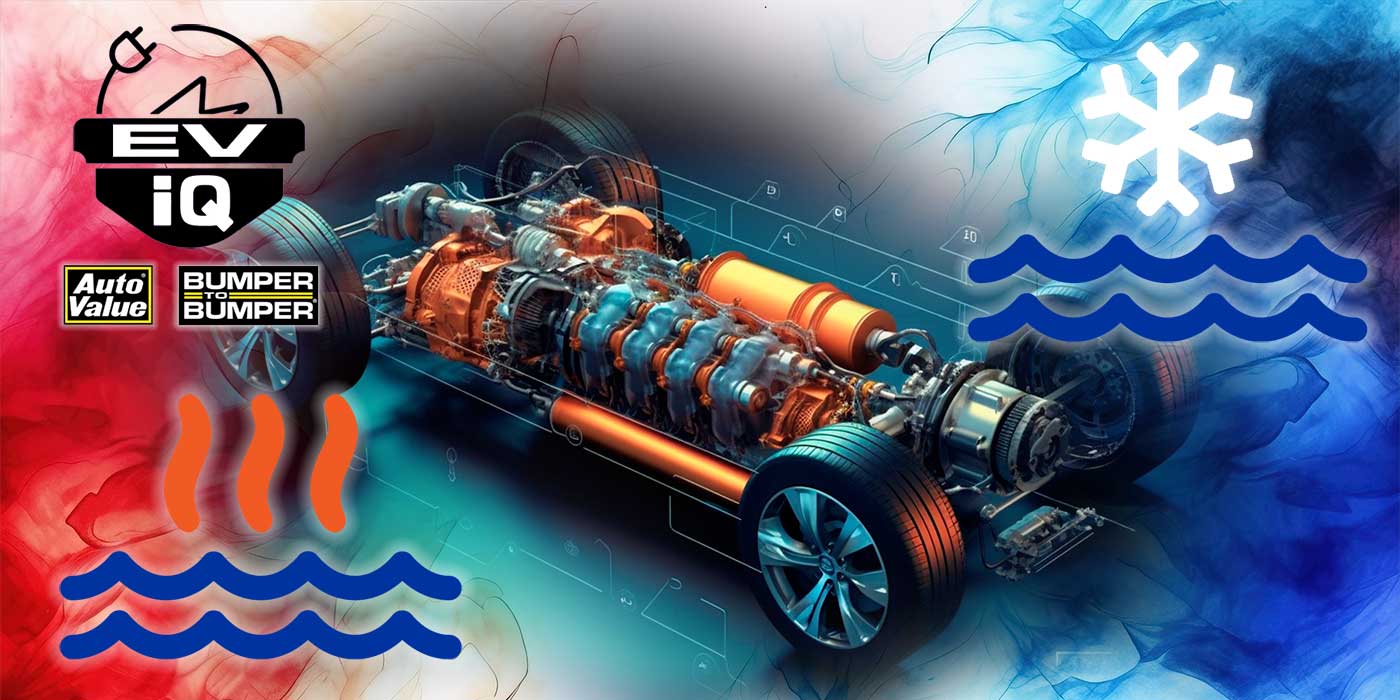They say the future is fast approaching… If that’s true, just how long will it be until innovation paves the way for a commonplace utopian, vehicle? The idealistic drive. Well, if Mercedes-Benz and its Vision EQXX prototype has anything to say about it, the wait might not be as long as we thought.
This concept car is the company’s most fuel-efficient and sustainable vehicle to date. Engineers at the company say they are working to utilize the natural elements such as wind, solar energy and naturally produced materials to enhance the vehicle experience and its performance.
What do you get when you mix bamboo, cactus, vegan silk and mushrooms? Apparently sustainable leather! Mercedes says the utilization of such environmentally conscious material, as opposed to traditional leather, reduces the car’s carbon footprint by 50%.
Yes, it’s aerodynamic. Yes, it’s sustainable. But the real headline here should be that Mercedes truly went the extra mile on this car… literally.
You see, the industry is reluctant to greet the use of EVs with open arms. Who could blame them? There are still a lot of unknowns and concerns regarding EV capabilities.
In the developing world of EVs, most cars have a mile range of anywhere from about 150 to 400 miles per charge. So, creating a model that, hypothetically, can reach 620 miles in one charge may provide those on the fence with growing confidence that things are improving – thus expanding appeal.
Obviously, this would be a really big accomplishment. And, it is one that Mercedes intends to achieve.
The company’s engineers say their calculations show the concept EV could meet this goal. But, this doesn’t necessarily mean a bigger (and heavier) battery. Actually, quite the opposite.
The proposed battery is actually 50% smaller compared to similar models – and 30% lighter, too. So, how is this possible? Well, engineers at Mercedes are working to create a system focused on minimizing energy loss to improve performance capabilities of the battery.
Additional energy can be obtained through the ultra-thin solar cells feasibly placed on the roof. While this additional source of energy doesn’t directly aid in charging the battery, it does significantly reduce energy demand from the rest of the vehicle which, in turn, leads to increased mileage.
While we still may be a ways away from seeing these hit the highways, it’s safe to assume that some of these concepts might be making their way into future EV models. There’s no doubt about it – this kind of innovation, if implemented in the future, is sure to leave car enthusiasts at the edge of their seats.













